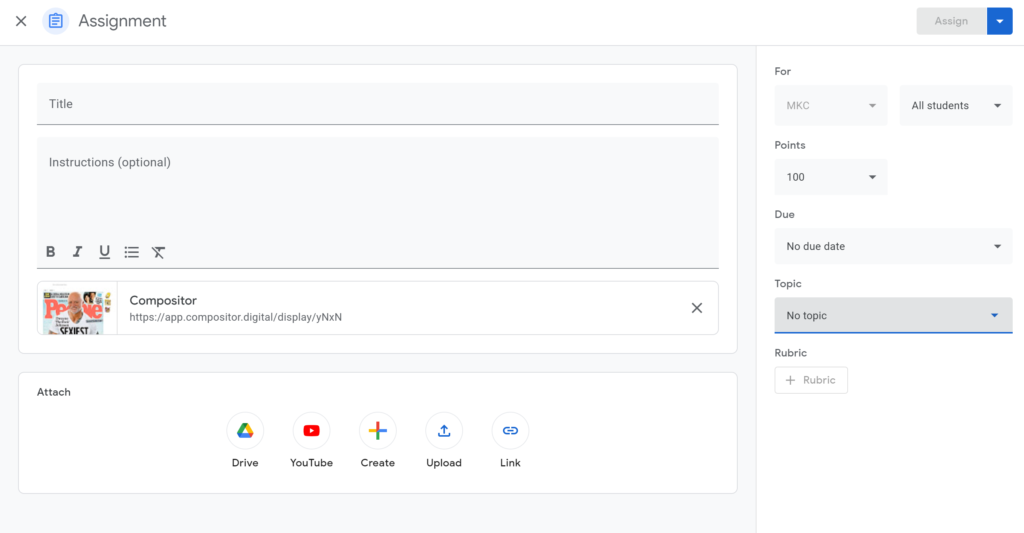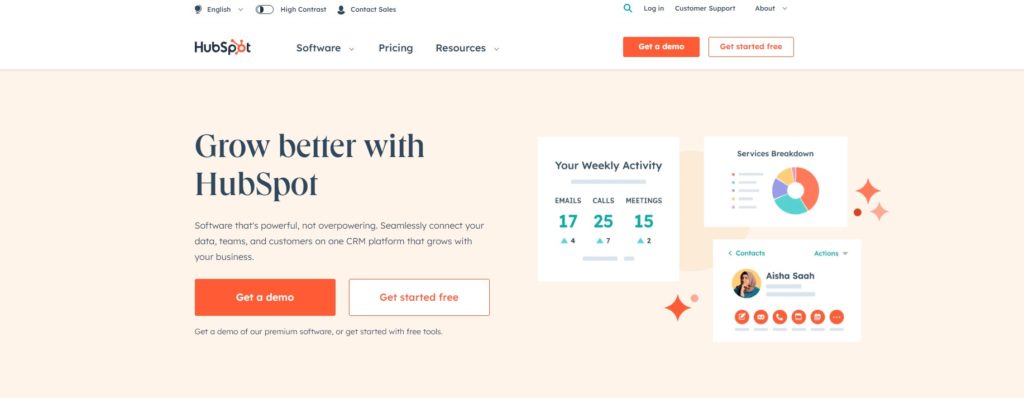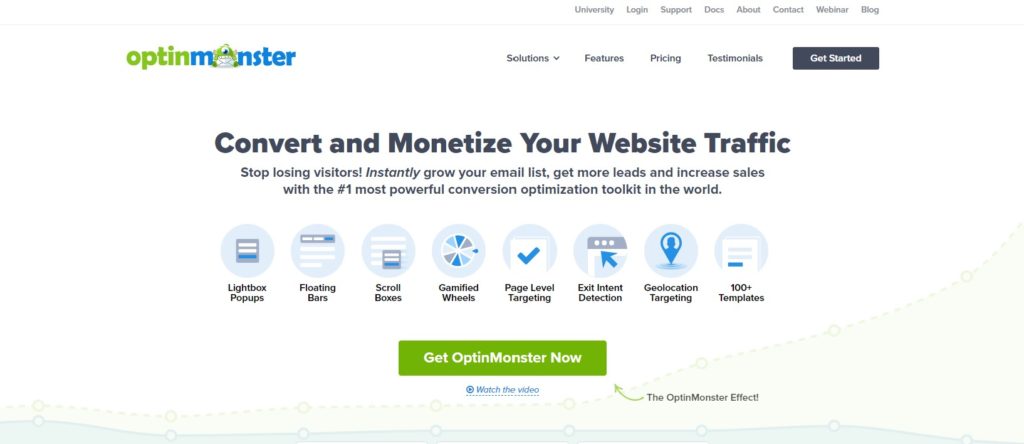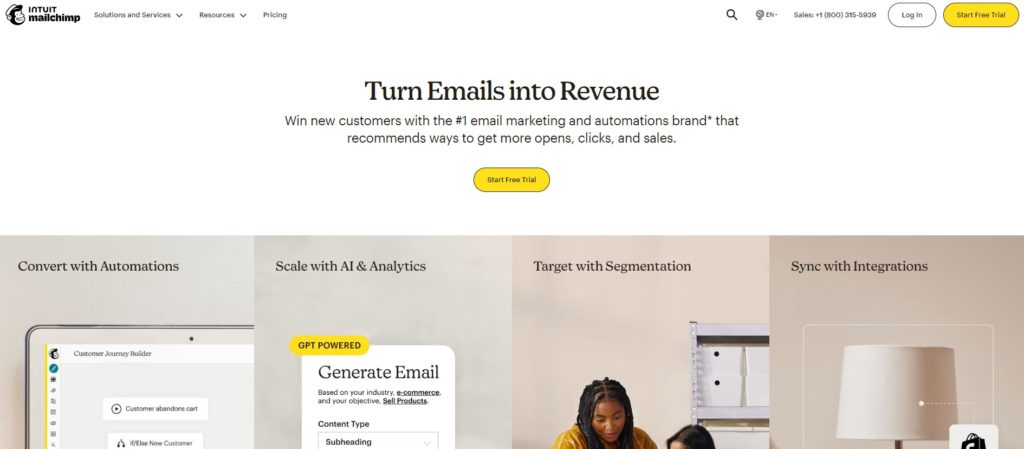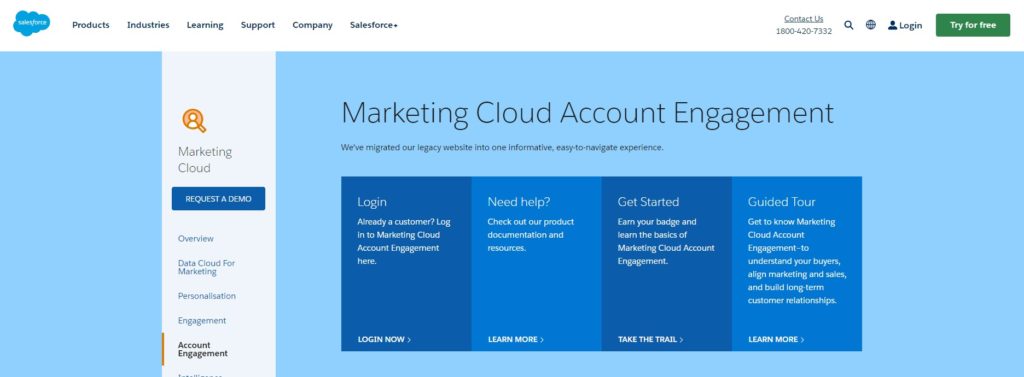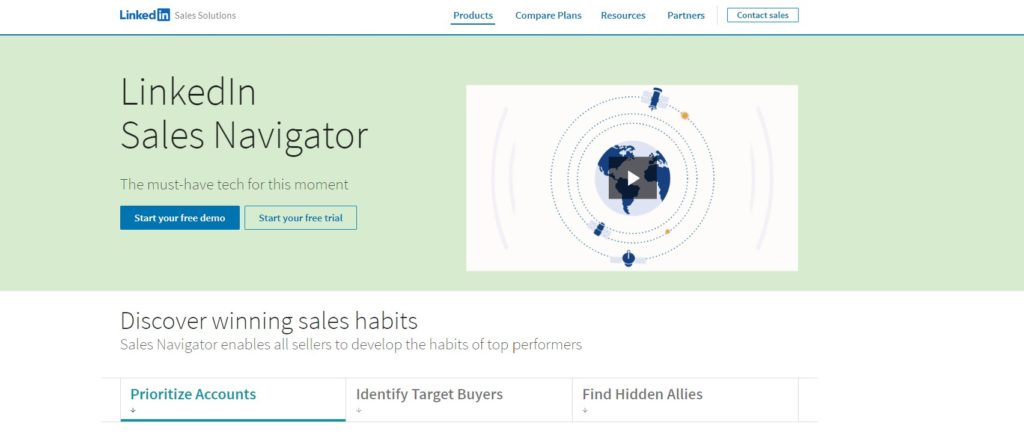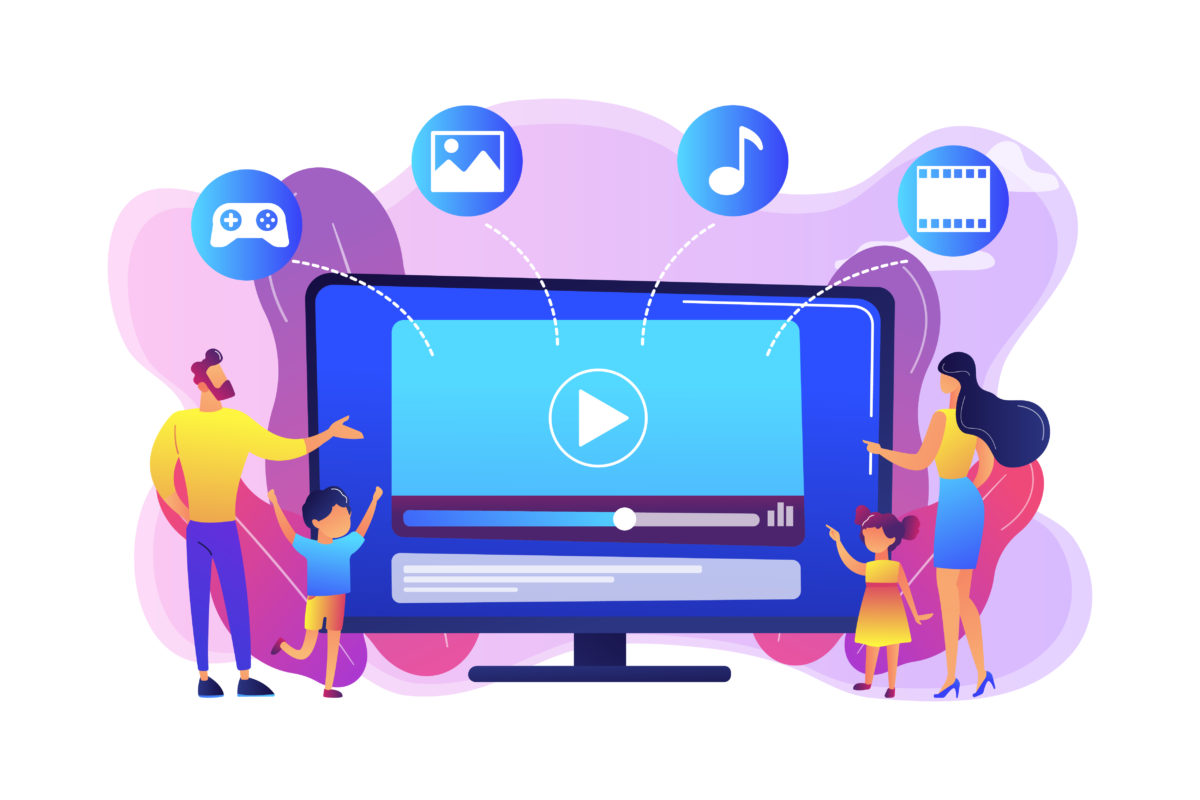User-generated content (UGC) has become an increasingly popular marketing strategy in recent years. With the rise of social media platforms, consumers have become more empowered to share their experiences and opinions with others. UGC refers to any content that is created by users rather than brands, such as reviews, photos, and social media posts.
One of the main benefits of UGC is that it can help to build trust and credibility with consumers. When people see that others have had positive experiences with a product or service, they are more likely to trust it and consider making a purchase themselves. In fact, according to a survey by Stackla, 79% of people say that UGC highly impacts their purchasing decisions.
Another advantage of UGC is that it can be a cost-effective way to create content. Rather than spending time and resources on creating your own content, you can leverage the content that your customers are already creating. This can help to save time and money while still creating engaging and authentic content that resonates with your target audience.
Increased Engagement
User-generated content (UGC) is a great way to increase engagement with your audience. When customers are allowed to share their experiences, opinions, and ideas, they feel more connected to your brand. This connection leads to increased engagement, which can translate into more sales and brand loyalty.
One of the main benefits of UGC is that it encourages customers to interact with your brand. When customers are actively engaging with your brand, they are more likely to share their experiences with others. This word-of-mouth marketing can be incredibly powerful, as people are more likely to trust the opinions of their friends and family over traditional advertising.
Another benefit of UGC is that it can help you build a community around your brand. When customers feel like they are part of a community, they are more likely to engage with your brand on a regular basis. This engagement can lead to increased brand loyalty and repeat business.
UGC can also help you reach new customers. When customers share their experiences with your brand on social media, their followers and friends are more likely to take notice. This can lead to new followers, new customers, and increased brand awareness.
Overall, UGC is a powerful tool for increasing engagement with your audience. By encouraging customers to share their experiences, opinions, and ideas, you can build a community around your brand and increase brand loyalty, repeat business, and sales.
Cost-Effective Marketing
One of the most significant benefits of user-generated content is that it’s cost-effective. As a marketer, you don’t have to spend a lot of money on content creation because your customers are doing it for you. This means you can save money on content creation and focus on other aspects of your marketing strategy.
When you create content, you have to spend a lot of time and money on research, writing, editing, and publishing. But with user-generated content, you don’t have to worry about any of that. Your customers are creating content that’s relevant to your brand, and all you have to do is share it with your audience.
Another reason why user-generated content is cost-effective is that it helps you reach a wider audience. When your customers create content, they share it with their friends and family, who may not have heard of your brand before. This means you’re getting free advertising, and you don’t have to spend any money on it.
Benefits of Cost-Effective Marketing with UGC
- Save money on content creation
- Focus on other aspects of your marketing strategy
- Reach a wider audience
- Get free advertising
Overall, user-generated content is a cost-effective way to market your brand. By leveraging the content created by your customers, you can save money on content creation and reach a wider audience. This can help you grow your business without breaking the bank.
Authenticity and Trust
One of the most significant benefits of user-generated content is the authenticity it brings to your brand. Customers trust other customers more than they trust brands, and UGC provides an opportunity for your customers to share their experiences with others.
When people see authentic content from real customers, they are more likely to trust your brand. This trust can lead to increased sales and brand loyalty. In fact, a study by Stackla found that 86% of consumers say authenticity is essential when deciding what brands they like and support.
Another way UGC can help build trust is by providing social proof. When people see others using and enjoying your products or services, they are more likely to trust that your brand is legitimate and worth their time and money.
One example of this is TripAdvisor, a website that relies heavily on user-generated content. When people are planning a trip, they often turn to TripAdvisor to see what others have to say about hotels, restaurants, and attractions. By providing a platform for customers to share their experiences, TripAdvisor has become a trusted source of information for travelers around the world.
Overall, authenticity and trust are crucial for building a strong brand. User-generated content can help you achieve both by providing real, honest feedback from your customers.
SEO Benefits
User-generated content can have a significant impact on search engine optimization (SEO). When users create content, they are naturally using keywords and phrases that are relevant to your brand or product, which can help improve your search engine rankings. Here are some specific SEO benefits of user-generated content:
Increased Keyword Relevance
Since user-generated content is created by your audience, it often contains keywords and phrases that are relevant to your brand or product. This can help improve the relevance of your website’s content and increase your visibility in search engines. Additionally, user-generated content can help you target long-tail keywords that you may not have thought of on your own.
Improved Social Signals
Search engines like Google take social signals into account when ranking websites. User-generated content can help increase your social signals by encouraging users to share your content on social media platforms. When users share your content, it sends a signal to search engines that your website is valuable and relevant to users.
Increased Backlinks
User-generated content can also help you build backlinks to your website. When users create content that links back to your website, it can help improve your website’s authority and increase your search engine rankings. Additionally, user-generated content can help you attract natural backlinks from other websites, which can further improve your search engine rankings.
Improved Customer Relations
User-generated content can help improve customer relations in several ways. When customers are allowed to share their opinions, experiences, and feedback, it creates a sense of community and engagement. This can lead to increased loyalty and trust in the brand, as customers feel that their voices are being heard and valued.
Additionally, user-generated content can provide valuable insights into the needs and preferences of customers. By analyzing the content that customers create, brands can gain a better understanding of what their customers want and how they can improve their products or services.
One way to encourage user-generated content is by hosting contests or giveaways that require customers to submit their own content. This not only generates excitement and engagement, but it also provides brands with a wealth of user-generated content that they can use in their marketing efforts.
Another benefit of user-generated content is that it can help brands respond to customer complaints or issues in a timely and effective manner. When customers post about their negative experiences, brands can use this feedback to identify problems and make improvements. By responding to these posts and addressing customer concerns, brands can show that they are committed to providing excellent customer service and that they value their customers’ opinions.
In summary, user-generated content can improve customer relations by creating a sense of community and engagement, providing valuable insights into customer needs and preferences, generating excitement and engagement through contests and giveaways, and allowing brands to respond to customer complaints and issues in a timely and effective manner.
Conclusion
It’s clear that user-generated content has a lot of benefits for businesses of all sizes. By allowing customers to share their experiences, opinions, and ideas, companies can build trust, improve their products, and create a sense of community around their brand.
One of the biggest advantages of user-generated content is that it can help businesses save time and money on marketing. Instead of creating all of their content in-house, companies can leverage the creativity and enthusiasm of their customers to generate engaging and authentic content.
Another benefit of user-generated content is that it can help companies improve their SEO. By including user-generated content on their website, businesses can increase the amount of relevant content on their site, which can improve their search engine rankings and drive more traffic to their site.
Finally, user-generated content can help companies build stronger relationships with their customers. By giving customers a voice and showing that their opinions and experiences matter, businesses can create a sense of loyalty and community around their brand.
Overall, user-generated content is a powerful tool for businesses that want to build trust, increase engagement, and improve their marketing efforts. By embracing user-generated content, companies can tap into the creativity and enthusiasm of their customers and create a more authentic and engaging brand experience.
Harness the power of User-Generated Content Creator









